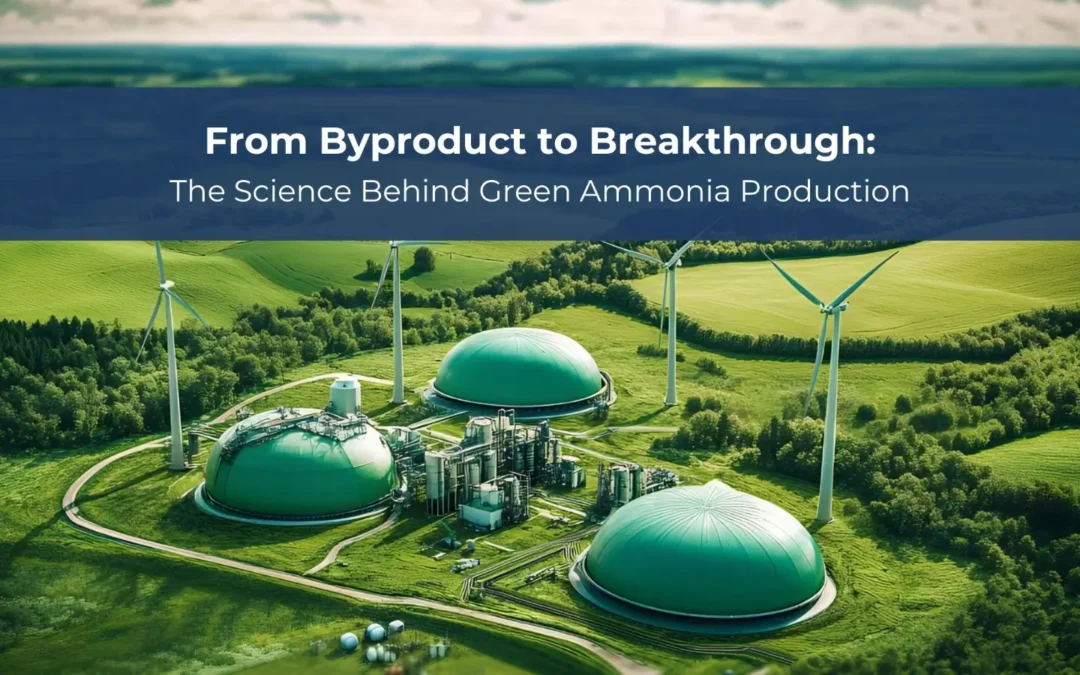Ammonia, a colorless, reactive gas with a pungent odor, is a natural compound vital for life. It exists in the atmosphere, soil, and water, and serves as a crucial industrial chemical with various applications.
Composition of Ammonia
Ammonia is made up of nitrogen and hydrogen. Its chemical formula is NH3, which stands for one nitrogen atom and three hydrogen atoms. This combination of elements gives ammonia its unique properties, making it a versatile chemical with many uses.
Formation of Ammonia
Ammonia is produced both naturally and industrially. In nature, ammonia is produced through the decay of organic matter and by certain microorganisms. In industry, ammonia is produced through the Haber process, which involves the reaction of nitrogen gas and hydrogen gas under high pressure and temperature.
Properties of Ammonia
Ammonia’s physical and chemical properties enable its diverse applications. It is a gas at standard conditions, with a boiling point of -33°C. Chemically, it is a highly reactive substance that can easily form compounds with other elements.
Uses of Ammonia
Ammonia is used in a wide range of applications, including agriculture, industry, and households. In agriculture, it is used as a fertilizer to promote plant growth. In industry, it is used as a raw material in the production of a variety of products, including plastics, textiles, and cleaning agents. In households, it is used as a cleaning agent and in refrigeration systems.
Health and Safety Concerns
While ammonia is an important substance with many useful applications, it can also be toxic if not handled properly. Inhaling concentrated ammonia can lead to eye, nose, and throat irritation, as well as respiratory problems. To ensure safety when dealing with ammonia, it is crucial to use protective clothing, maintain proper ventilation, and take necessary precautions.
Environmental Impacts of Ammonia Production and Use
The production and use of ammonia can have negative impacts on the environment. Air pollution, water pollution, and soil contamination are some of the main environmental concerns associated with ammonia production and use.
Regulations and Guidelines for Ammonia Production and Use
To minimize the negative impacts of ammonia production and use, there are regulations and guidelines in place. These regulations cover areas such as emissions, waste management, and safety. The goal of these regulations is to ensure that ammonia production and use are conducted in a safe and environmentally responsible manner.
Alternative Solutions for Ammonia Production and Use
In recent years, there has been growing interest in alternative solutions for ammonia production and use. This involves utilizing renewable energy sources like wind and solar power, as well as recycling and reusing ammonia. These alternatives offer the potential to reduce the negative impacts of ammonia production and use, while still meeting the demands for this important substance.
Future of Ammonia
As technology continues to advance, the future of ammonia production and use is likely to change. There is likely to be an increased focus on the use of renewable energy sources, as well as the development of new technologies to make ammonia production and use more efficient and environmentally friendly.
Conclusion
In conclusion, ammonia is a versatile and important substance that is used in a wide range of applications. While there are concerns about its negative impacts on the environment and human health, there are also regulations and guidelines in place to minimize these impacts. Additionally, there is growing interest in alternative solutions for ammonia production and use, offering the potential for a more sustainable future.
FAQs
1. What is the chemical formula for ammonia?
A. The chemical formula for ammonia is NH3.
2. How is ammonia produced?
A. Ammonia is produced both naturally and industrially. In nature, it is produced through the decay of organic matter and by certain microorganisms. In industry, it is produced through the Haber process, which involves the reaction of nitrogen gas and hydrogen gas under high pressure and temperature.
3. What are the main uses of ammonia?
A. The main uses of ammonia are in agriculture, industry, and households. In agriculture, it is used as a fertilizer. In industry, it is used as a raw material in the production of a variety of products, including plastics, textiles, and cleaning agents. In households, it is used as a cleaning agent and in refrigeration systems.
4. Is ammonia harmful to the environment?
A. The production and use of ammonia can have negative impacts on the environment, including air pollution, water pollution, and soil contamination.
5. What is the future of ammonia production and use?
A. The future of ammonia production and use is likely to focus on the use of renewable energy sources and the development of new technologies to make ammonia production and use more efficient and environmentally friendly.














